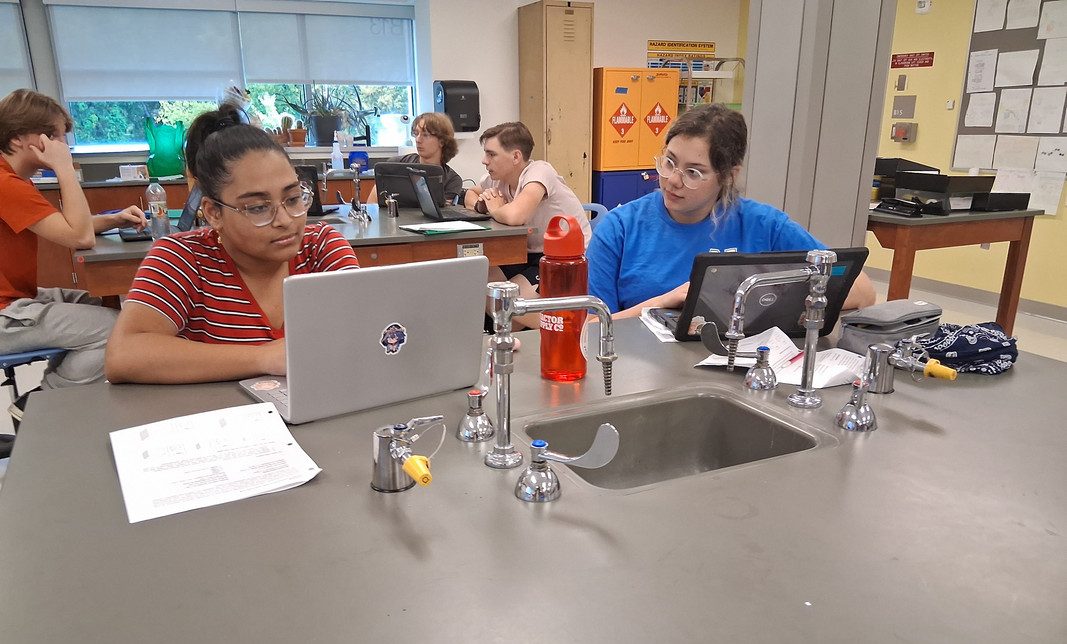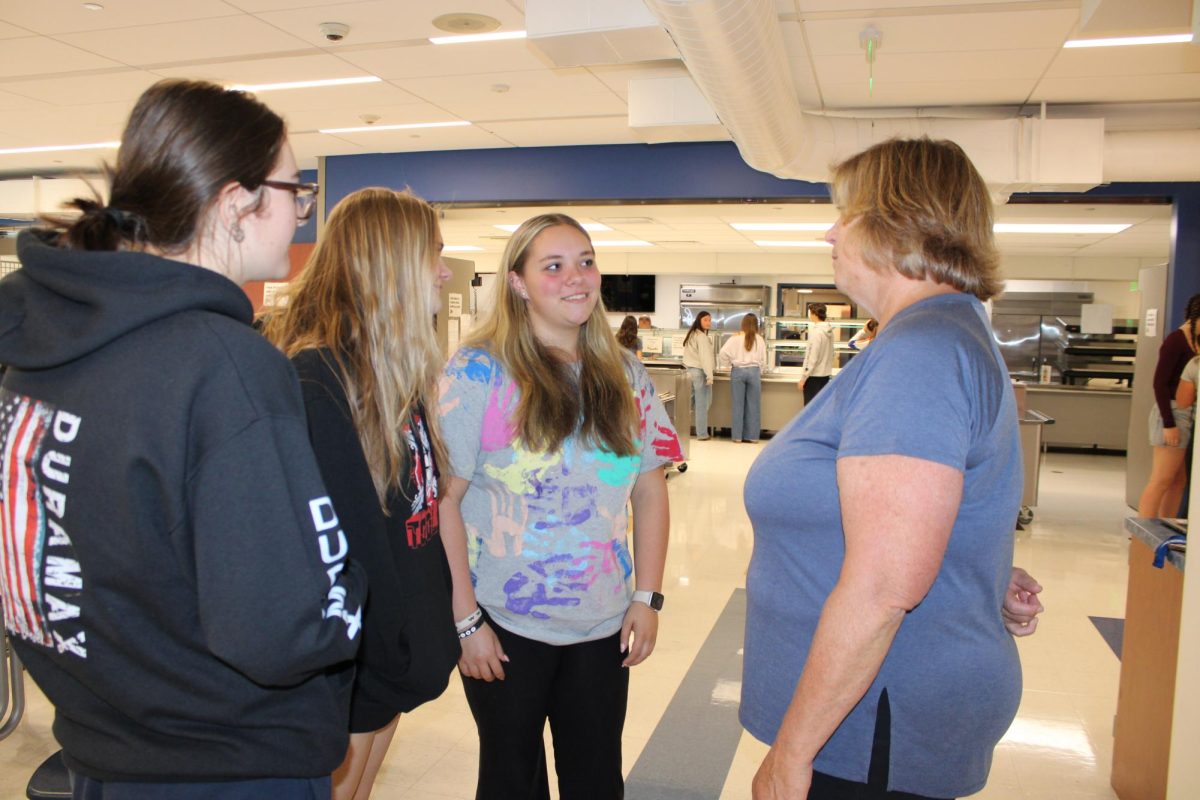WOODBURY — Throughout Nonnewaug classrooms, the temperature has been fluctuating. It seems like there’s really no in-between: It’s either freezing or blazing, causing some staff and students to be bundled up before the first frost and some to dress like it’s a day on the beach.
Early in the new school year, a sudden heat wave struck as summer was on the bend. With school starting in August and this hot weather sticking around, students thought they were going to be suffering in a regular humid classroom.
But many classrooms have been colder than expected, leading students to wonder why some rooms are chillier than others.
Nonnewaug custodian Clayton Hilpertshauser said that each classroom has its own temperature settings.
“The heating system in the building is controlled by each room individually; the hallways and classrooms are all separate,” Hilpertshauser said, “which explains why some rooms’ temperatures are different from others.”
These fluctuations make it difficult for some students to dress properly to match the classroom’s unknown temperatures.
“I’m always freezing in class,” said freshman Addison Bushka. “I feel like I always have to bring a sweatshirt to school, and I’m always asking the teacher to see if they can turn down the AC because it’s so cold, but they tell me that they can’t control it. It’s always cold and there’s nothing they can do.”
Some feel the coldness is bothersome, but on the other hand, other students don’t mind as much.
“I’m not really affected by it being too cold,” said freshman Grayson Leveille. “As long as I have a sweatshirt with me, I’m fine. I’d much rather it be cold than being hot and sweating in class.”
Teachers are often affected by the change in temperatures in class, too. Rebecca Trzaski, a history teacher at Nonnewaug, always keeps her sweater close by.
“I always keep my fleece in my room because I know that the temperature is a little inconsistent,” Trzaski said. “Since the renovation, the changes have been like this, so I’d rather be prepared.”
Eventually, the custodians expect further adjustments to the system will help keep temperatures consistent all year.
“There’s a lot of bugs in the system,” Hilpertshauser said. “Eventually everything should be sorted out where the system will work flawlessly on its own.”











